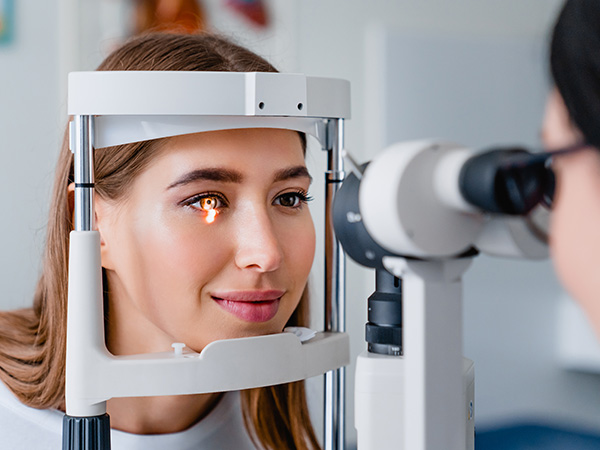
Have you ever looked at your eyeglass prescription and wondered what all those numbers and abbreviations mean? Don’t worry, you’re not alone! At first glance, it might look like a secret code, but every number plays an important role in helping you see clearly. Let’s break it down so you can better understand your prescription.
OD vs. OS: Which Eye Is Which?
Your prescription starts by identifying which eye each set of numbers belongs to:
- OD (Oculus Dexter): Right eye
- OS (Oculus Sinister): Left eye
- OU (Oculus Uterque): Both eyes (sometimes used for general notes)
Think of OD = Right and OS = Left
"D" comes before "S" alphabetically, so your right eye comes before your left!
Sphere (SPH): Nearsighted or Farsighted?
The Sphere (SPH) number tells you the lens power you need for nearsightedness or farsightedness:
- A minus (-) sign = Nearsighted (Myopia) → You see better up close than far away.
- A plus (+) sign = Farsighted (Hyperopia) → You see better far away than up close.
The higher the number, the stronger the correction.
Example:
- -3.50 = moderate nearsightedness
- +1.25 = mild farsightedness
Cylinder (CYL) & Axis: Correcting Astigmatism
If you have astigmatism, you’ll see two extra numbers:
- Cylinder (CYL): How much astigmatism correction you need. The higher the number, the more correction required.
- Axis (001–180): The orientation of the astigmatism correction, measured in degrees.
If you don’t have astigmatism, these sections might be blank or say "DS" (diopters sphere only).
Example:
- CYL: -1.00, Axis: 90° → You have mild astigmatism, corrected along the 90° meridian.
ADD: For Progressive Lenses (PALs) of Bifocals
If you need help focusing up close (common in presbyopia), you’ll see an ADD number. This is the extra magnifying power for reading or computer work, often used in bifocals or progressive addition lenses (PALs).
Example:
- ADD: +2.00 → Additional power for near vision / reading.
Prism & Base: Eye Alignment
Occasionally, a prescription includes Prism and Base to help with eye alignment or double vision. This is less common but important for certain vision conditions.
· The Prism is the amount of power needed to correct the misalignment
· The Base is the direction of the misalignment, similar to axis of the astigmatism
o May be Up, Down, In, or Out (Or even a combination)
Putting It All Together
Here’s an example prescription:
SPH | CYL | AXIS | ADD | |
OD | -2.50 | -0.75 | x 180 | +1.50 |
OS | -3.00 | -1.25 | x 090 | +1.50 |
Translation:
- You’re nearsighted in both eyes, with mild astigmatism.
- You need a little extra power for reading or close-up tasks.
Still Confused? We’re Here to Help!
Understanding your prescription is great, but choosing the right lenses and frames to go with it is just as important. Whether you need help selecting lenses for digital eye strain, progressives for all-day wear, or sunglasses with prescription lenses, we’re here to guide you every step of the way.
Ready for your next eye exam or new glasses? Schedule an appointment we’ll make sure you leave seeing (and looking) your best!








